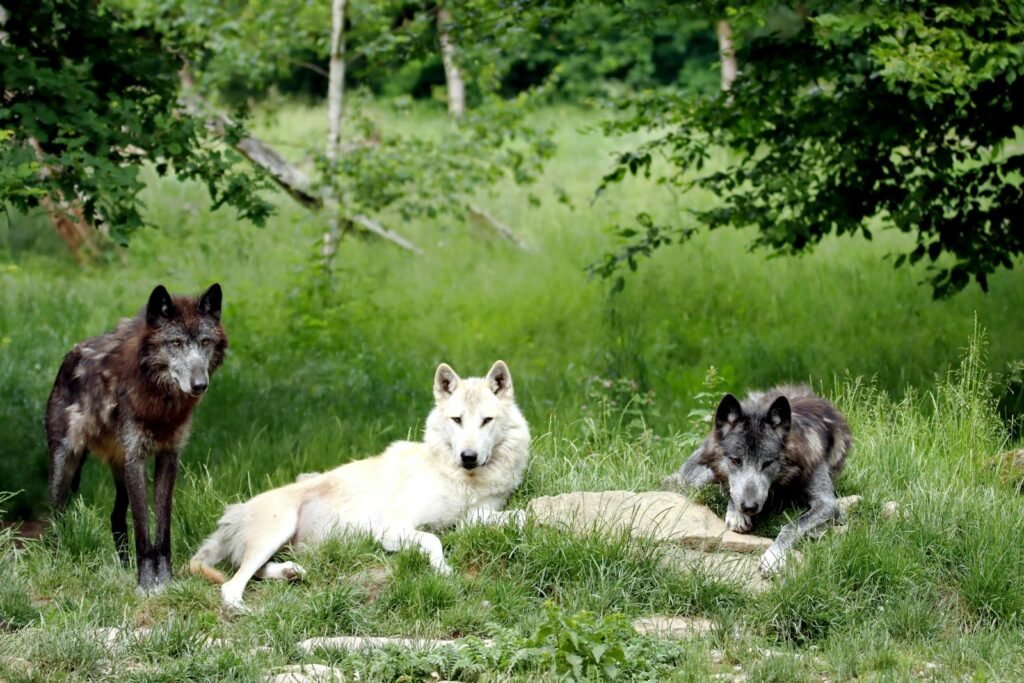Imagine a world where the melody of a song is all that stands between a language’s survival and its fading into silence. Right now, thousands of languages teeter on the brink of extinction, each carrying unique stories, wisdom, and identity. For many communities, the answer to this looming loss is not found in books or classrooms, but in the rhythm of drums, the strum of a guitar, or the haunting echo of a voice singing in an almost-forgotten tongue. Across continents, music is becoming the lifeline for endangered languages—a powerful, beating heart that refuses to let heritage slip away quietly. The connection between music and memory is ancient, but its role in language preservation is now more critical and inspiring than ever before.
The Global Crisis of Endangered Languages
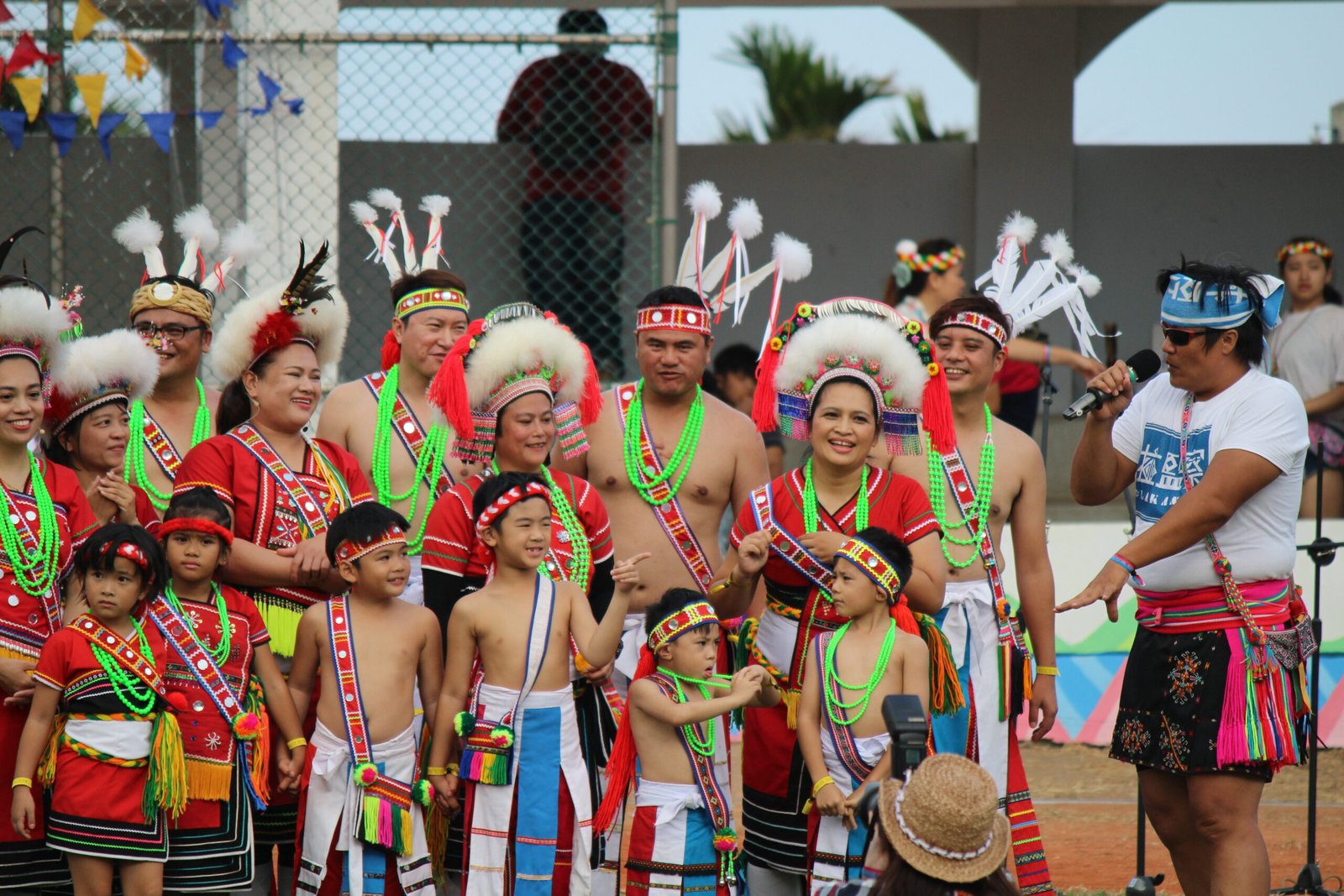
Language loss is a crisis that unfolds quietly, often escaping the headlines. Experts say that nearly half of the world’s 7,000 languages are at risk of disappearing within this century. When a language vanishes, it takes with it centuries of accumulated knowledge, culture, and unique ways of seeing the world. For many indigenous communities, this loss is deeply personal, akin to losing an elder or a cherished family heirloom. The urgency to act grows every day, as younger generations shift toward dominant global languages, leaving ancestral tongues to fade. The pain of language loss is not just academic—it strikes at the soul of identity and belonging. In this battle, music has emerged as a surprisingly resilient force.
Why Music Is a Powerful Tool for Language Preservation

Music has an uncanny power to make words memorable, even when those words are in an unfamiliar language. Scientists have long known that melodies and rhythms help the brain encode and retrieve information more effectively. When endangered languages are woven into songs, they become easier to learn, recall, and share with others. Unlike rote memorization, singing is joyful and communal; it brings people together, making language revival feel less like a chore and more like a celebration. Music’s emotional pull also helps listeners form deep bonds with the language, connecting hearts as well as minds. In many cultures, songs are passed down through generations, carrying both language and heritage with them.
Traditional Songs: Carriers of Cultural Wisdom
For countless societies, traditional songs are more than entertainment—they’re vessels for history, values, and survival skills. In Australia, Aboriginal songlines map the land, embedding navigation and ecological knowledge into melodies sung in endangered tongues. In the Arctic, Inuit throat singing preserves ancient stories and teaches about the environment. These musical traditions hold intricate details about medicine, weather, and morality—all encoded in the language itself. When elders pass down these songs, they share not just music but a living library of wisdom. Losing these songs would mean losing irreplaceable insights into nature and humanity.
Contemporary Artists Reviving Endangered Languages
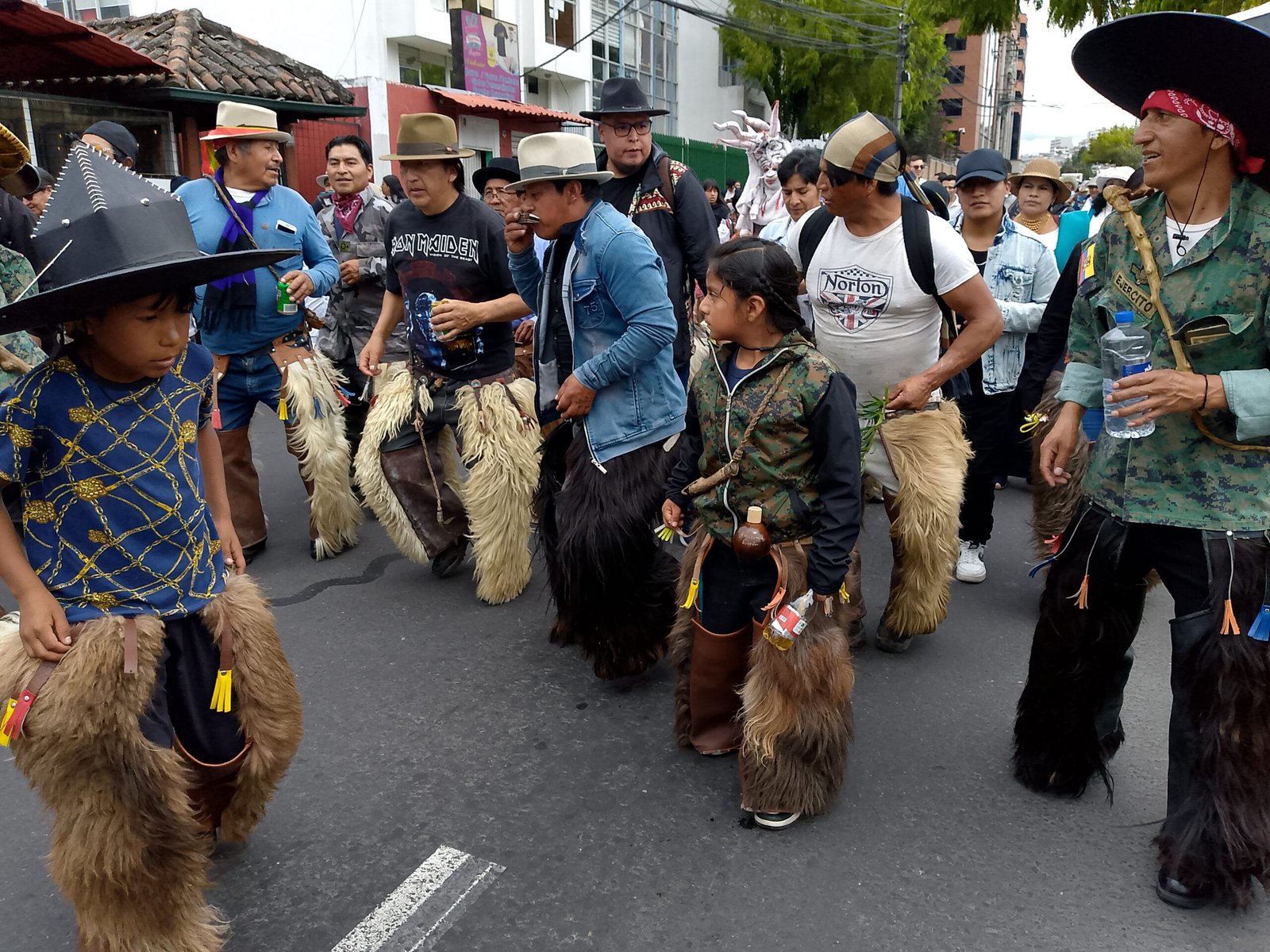
Modern musicians are breathing new life into old languages, blending traditional lyrics with contemporary sounds. In New Zealand, pop artists like Maisey Rika and Rob Ruha sing in Māori, bringing the language to younger audiences through catchy, radio-friendly tunes. In Wales, bands like Alffa and Gwenno use Welsh lyrics to reach global listeners, proving that endangered languages can thrive in the modern music scene. These artists often become cultural ambassadors, inspiring pride and curiosity about linguistic heritage. Their music travels far beyond their home countries, introducing endangered languages to listeners who might never have encountered them otherwise. Through innovation and creativity, these musicians ensure that ancient words live on in the playlists of the future.
Community Choirs and Language Learning

Grassroots efforts also play a crucial role, with community choirs and singing groups popping up around the world to revive endangered languages. In Canada, Ojibwe and Cree language choirs unite elders and youth, fostering intergenerational bonds while keeping songs alive. These gatherings are about more than music—they’re safe spaces where people can practice speaking without judgment, learning pronunciation and vocabulary naturally. Singing together builds confidence and community, breaking down barriers that might make language learning intimidating. For many, these choirs become a lifeline to their heritage, reigniting pride and connection. The act of singing together makes the language feel vibrant and relevant, not just a relic of the past.
Digital Projects and Online Archives
The digital age has opened new frontiers for language preservation, especially through online music archives and collaborative projects. Organizations and passionate volunteers record endangered songs and upload them to platforms where anyone can listen, learn, and contribute. In the Amazon, the Living Tongues Institute has partnered with local musicians to record songs in rare languages, making them accessible to diaspora communities worldwide. Social media platforms like YouTube and TikTok are filled with videos of people singing in their ancestral tongues, reaching millions and sparking global interest. These digital resources not only preserve but also democratize access to endangered languages, letting anyone with an internet connection join the effort.
Festivals and Public Performances as Revival Tools

Festivals and public performances create moments of collective pride, turning language preservation into a celebration. In Scotland, the Hebridean Celtic Festival features music sung in Scottish Gaelic, drawing crowds and media attention. In Hawaii, the Merrie Monarch Festival showcases hula and chant in Hawaiian, helping to keep the language vibrant and visible. These events invite both locals and visitors to immerse themselves in the sound of endangered languages, transforming them from private struggles into public triumphs. The energy of a live performance can spark curiosity, inspire learning, and build a sense of shared purpose. For many communities, these festivals are the highlight of the year, a bold reminder that their language is still alive and loved.
Music in Schools: The Next Generation of Speakers
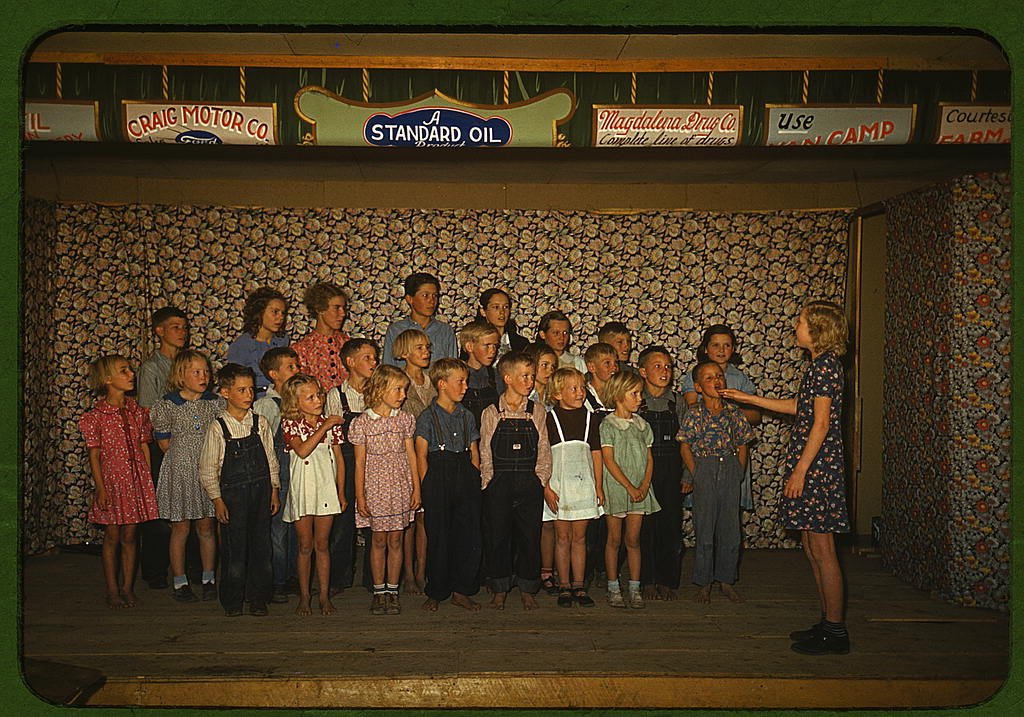
Introducing endangered languages through music in schools is proving to be a game-changer. Children are naturally drawn to songs, and educators have found that teaching vocabulary and grammar through music makes learning more enjoyable and effective. In the United States, Cherokee immersion schools use traditional songs to teach children their ancestral language alongside English. In Norway, Sami language classes incorporate joik—a distinctive form of singing—to help students connect emotionally and culturally. These educational approaches not only build language skills but also foster a sense of pride and identity from an early age. Music in the classroom ensures that endangered languages remain a living, breathing part of everyday life.
Documentary Films and Musical Storytelling
Films and documentaries have begun to spotlight the role of music in language preservation, bringing these inspiring stories to a global audience. Movies like “Song of the North” or “The Linguists” follow musicians and language activists as they travel, record, and revive endangered tongues through song. These films capture the emotion, beauty, and urgency of the struggle, making it real for viewers everywhere. By weaving together personal stories, breathtaking landscapes, and unforgettable music, documentaries help people understand what’s at stake. They often inspire viewers to take action, whether by supporting language programs or learning a few words themselves.
Scientific Insights: Why Music Works for Memory
Cognitive scientists have uncovered fascinating reasons why music is such an effective tool for language retention. When we sing, multiple areas of the brain light up—areas responsible for emotion, movement, and memory all work together. This creates stronger neural pathways, making it easier to recall words and phrases embedded in song. Music also reduces anxiety, making it easier for language learners to practice without fear of making mistakes. Studies have shown that melodies can help people remember long passages of text, even in languages they don’t speak fluently. The science behind music and memory explains why songs are often the last thing people remember, even as other memories fade.
Challenges and Hopes for the Future
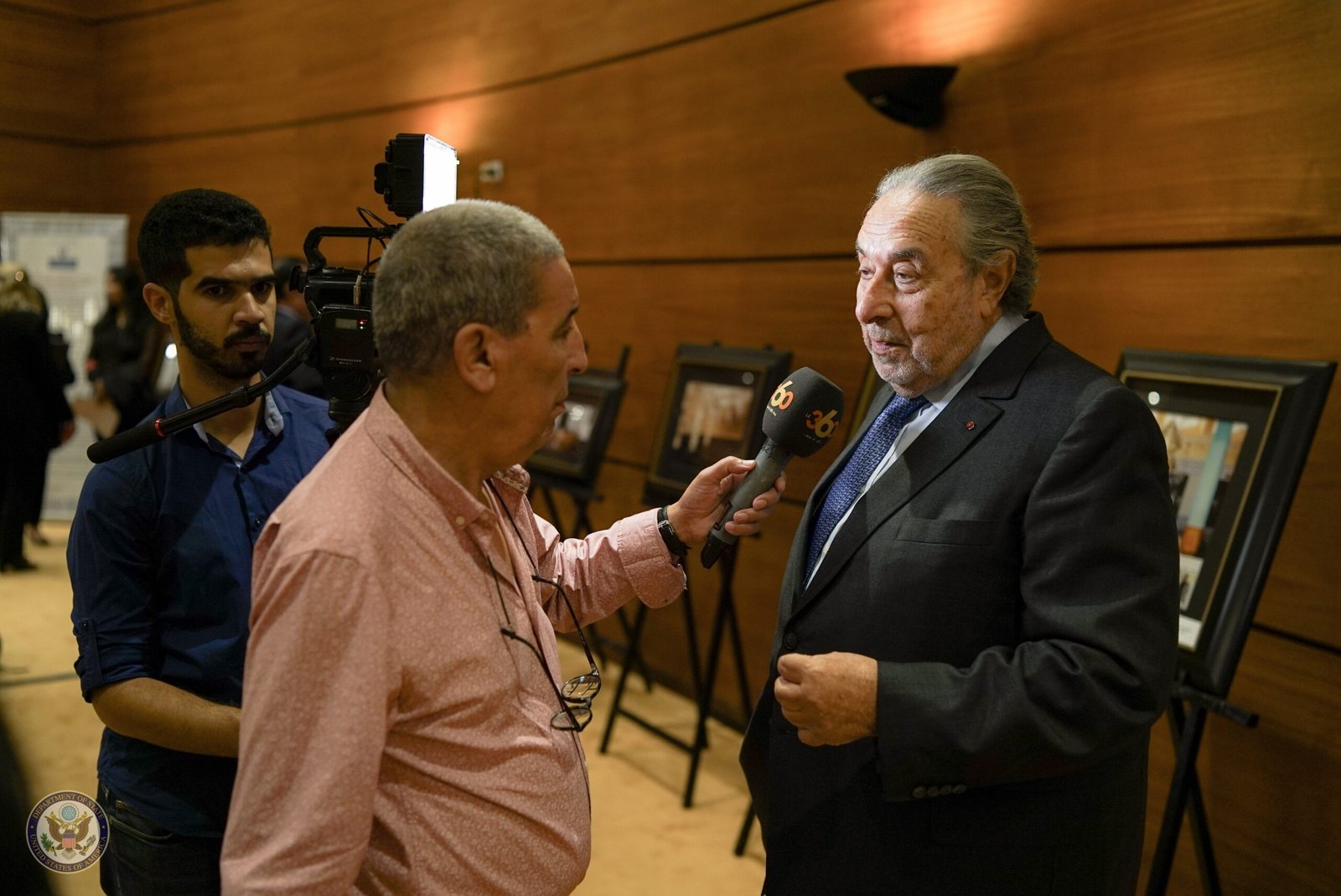
Despite these successes, the fight to preserve endangered languages through music faces real challenges. Funding is often limited, and many communities struggle to access the resources needed for recording and teaching. There can be resistance from within, as younger generations may prefer mainstream pop or feel embarrassed about speaking their ancestral language. Yet, hope remains strong. Every new song, festival, or recording is a step toward reversing the tide of language loss. Communities around the world are proving that, with creativity and perseverance, even the most endangered languages can find their voice again through music. The journey is far from over, but the chorus of revived languages grows louder with each passing year.


